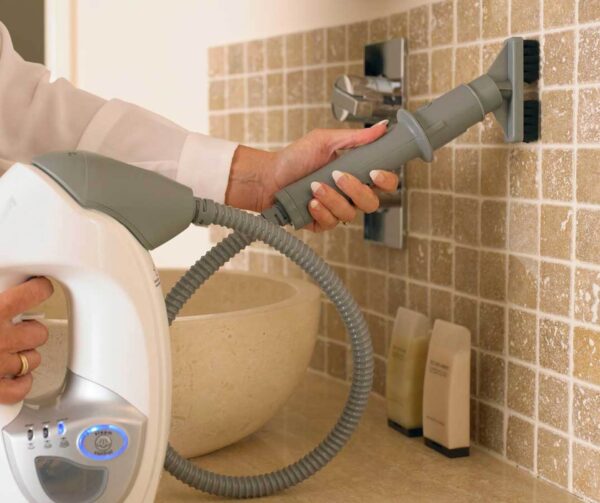Jet grouting is an advanced foundation engineering technique that involves using high-powered fluids to erode and mix soils to create load-bearing elements.
The result is the creation of load-bearing soil mix columns that can support substantial structures and reinforce problematic ground conditions.
However, in order to produce robust jet grouted elements that exhibit continuity, strength, and durability, extremely tight process control is imperative during all phases of jet grouting operations.
In addition, control testing verifies that constructed soil-mix columns achieve targeted physical properties and meet acceptance standards.
The subsequent sections will provide an in-depth look at best practices for jet grouting control during mixing operations and how refined control procedures lead to enhanced performance of jet grouted ground improvements.

jet grouting control operations
Control of the jet grouting process is crucial for achieving high quality results. Here we’ll explore some key aspects of jet grouting control.
- The first critical control factor is monitoring of the drilling depth and grout volumes.
- Careful tracking of drilling advancement rates and comparison to theoretical volumes provides important indications of ground conditions and verification that design specifications are being met.
- Real-time monitoring using instrumentation allows operators to adjust pressures, rotation speeds, and injection rates to optimize the jet grouting process.
- Another key control element is soil testing. Retrieving and evaluating soil samples from various depths as drilling proceeds builds an accurate subsurface profile.
- This helps operators fine-tune equipment parameters and mixing procedures to address changing soil properties during jet grouting operations.
- Tight control must also be maintained on grout mix specifications like water/cement ratios, additives, and curing times. Refined grouts enhance ground improvement efficacy.
- Precise monitoring of constituent percentages and treatment conditions ensures each column achieves targeted design strengths.
- Finally, execution of a rigorous quality assurance plan verifies all jet grouting control measures are working effectively.
- Core sampling and integrity testing validate that soil-mix columns exhibit continuity and meet acceptance criteria.
- Control testing also aids optimization of methods for future jet grouting projects.

conclusion
Jet grouting is a complex technique with many variables to control. Real-time drilling and instrumentation monitoring, soil testing, grout mix oversight, and comprehensive QA programs are essential to exert command over the process.
Adherence to strict control protocols allows adjustment of operating parameters to optimize the interaction between high-velocity grout jets and complex soil conditions.
Careful process control is key to ensuring delivery of high-quality






